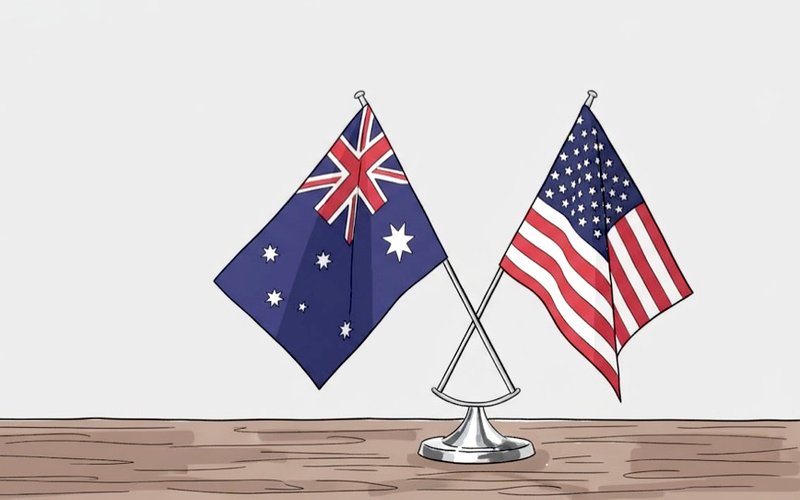The United States and Australia have signed a landmark agreement in Washington, D.C. establishing a common policy framework for the mining and processing of critical minerals and rare earths, strengthening supply chain resilience and deepening strategic cooperation between the two nations
The US–Australia Critical Minerals Framework, signed on 20 October 2025, aims to bolster the availability of key resources essential for clean energy technologies, advanced manufacturing, and defence industries.
Under the new arrangement, both governments will mobilise at least US$1 billion each within six months to support new mining, refining, and processing projects in both countries.
Framework Overview
The framework outlines joint priorities in:
- Securing supply of key minerals through shared policy tools such as the US stockpiling system and Australia’s Critical Minerals Strategic Reserve.
- Financing and investment, including loans, guarantees, and equity participation for critical projects.
- Accelerating approvals by streamlining permitting timelines for critical mineral operations.
- Price stability, through coordinated measures to protect domestic markets from non-market practices and unfair trade behaviour.
- Recycling and circular economy, with both nations pledging to advance minerals recycling and scrap recovery technologies.
A joint US–Australia Critical Minerals Supply Security Response Group, led by the US Secretary of Energy and the Australian Minister for Resources, will also be established to identify priority minerals, monitor vulnerabilities, and coordinate emergency responses
Economic and Strategic Impact
According to the Minerals Council of Australia (MCA), the agreement could unlock an estimated US$8.5 billion pipeline of Australian critical mineral projects over the next several years, supported by joint investment and faster regulatory approvals.
MCA chief executive officer Tania Constable said the framework “acknowledges Australia’s strategically important role in the development of new technologies, defence capabilities, and renewable energy infrastructure,” reinforcing its position as a trusted global supplier of minerals, materials and rare earths.
“This is AUKUS in action – shared interests, shared defence capabilities, shared minerals and technologies, and importantly, shared investment,” Ms Constable said.
Two projects have already been prioritised under the new framework:
- The Alcoa–Sojitz Gallium Recovery Project in Western Australia, expected to deliver about 10% of global gallium supply, a key input for semiconductors and defence technologies.
- Arafura Rare Earths’ (ASX: ARU) Nolans Project in the Northern Territory, forecast to supply around 5% of the world’s rare earths, strengthening energy and defence supply chains for Australia and its allies.
Strategic Context and Next Steps
The policy underscores growing alignment between Canberra and Washington on the need to diversify global supply chains away from China, which currently dominates rare earths processing.
With Australia’s vast mineral endowment and reputation for transparency and reliability, the new framework is expected to accelerate project development, attract investment, and position the nation as a critical partner in the clean-energy transition.
A Mining, Minerals and Metals Investment Ministerial will be convened within 180 days to identify further opportunities and assess progress on implementation.
Although the framework is not legally binding, it establishes a clear policy roadmap for bilateral cooperation and investment in the sector.
As Ms Constable noted, “This partnership enhances Australia’s reputation as a place to do business and will encourage greater investment in Australian mining and processing at a time when it’s urgently required to unlock the nation’s next chapter of prosperity.”
